Hello, everyone I am Chifumi Maeda,
a Japanese female president living in Bangkok.
Thank you, guys, for visiting this
“True comments from Japanese female presidents living in Thailand” blog
Let me today talk about “Kappo HISA”.
It is the best, and I mean really the best, Japanese food that
I had in recent days that made me realize the high level of Japanese cuisine here in Bangkok.
The restaurant had my attention for quite some time and was a must visit restaurant in my mind.

When you are in Japan and want to make a “Kappo” restaurant reservation,
it will be quite difficult and when you talking about visiting “Kappo” restaurant,
you will get “What? Really?!” kind of reaction but here in Bangkok,
it is not a big deal dining in such a restaurant.
And no dress-code to dine in the restaurant.
Exploring Thailand’s Culinary Scene: Kappo Hisa, a Premier Japanese Restaurant
Understanding Kappo: A Unique Culinary Concept
What does “Kappo” mean?
“Kappo” means shred and cook the ingredients
which is often how Japanese cuisines are prepared.
It also means the restaurants that prepare their dishes in such a way.
The food is prepared in front of your very eyes on the other side of your counter table
allowing you to see the dishes being prepared and served as they are ready.
Some of the restaurants have only the counter table
and some of others have table seats as well but seating in total is about 10
if not less in such restaurants.
Depending on the catch of the day and preference and wish of diners,
the foods are served in an a la carte style.
This is where the chef shows off his skills and imagination.
The Story of Kappo Hisa
History of Kappo Hisa
Kappo Hisa is in Mille Malle Mall on G Floor on Sukhumvit Soi 20.
You will see the Kappo Hisa is on your lefthand side
when coming into the Mille Malle Mall from Soi 20 side.
Kappo Hisa in Bangkok was opened by Fukushima born chef Hisa (Mr.) in June 2017.
The restaurant has its Facebook page,
but its fame was made not by via ads but from people to people.
The restaurant has only 8 counter seats and is only on reservation.
Ingredients are seasonal sea products directly flown in from Japan
and depending on the state of the ingredients and the catch of the day,
the chef let’s his imagination be creative and prepares the dishes offered to the diners.
Japan, as you may know, stretches from north to south
and when we talk about “fish” from Japan,
there are lots of kind depending on the season and what swims where.
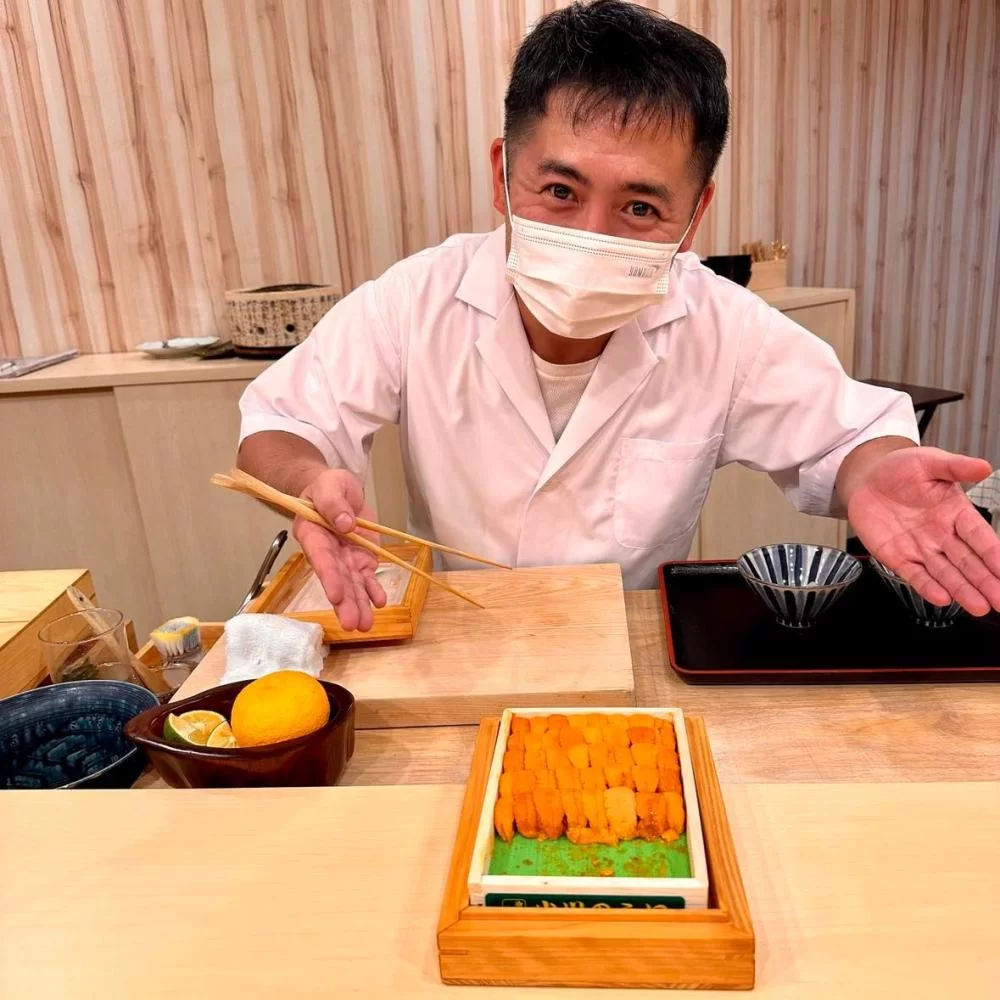
Kappo Hisa flies ingredients that are in the best season from the production area.
Strange enough, those ingredients that I have never had a chance to taste,
they are available here in Thailand.
Someone up there is playing with me, and I like that very much.
There basically is no menu (Omakase style)
but plat du jour which is the creation from the chef Hisa’s inspiration.
I will talk about this later,
but I could feel Mr. Hisa’s Strong commitment and pride as a professional chef in his every creation
that comes on the plate and there is nothing that I feel
but my respect to his professionalism.
You will fall in love seeing a series of beautiful dishes being presented in front of your eyes.
Ok, I guess you heard enough from me so shall we go into the restaurant.
[Review] Kappo Hisa – An Omakase Style Japanese Restaurant
A Sneak Peek into the Restaurant’s Atmosphere
On entering the restaurant, you will see the counter typical to a “Kappo” restaurant.
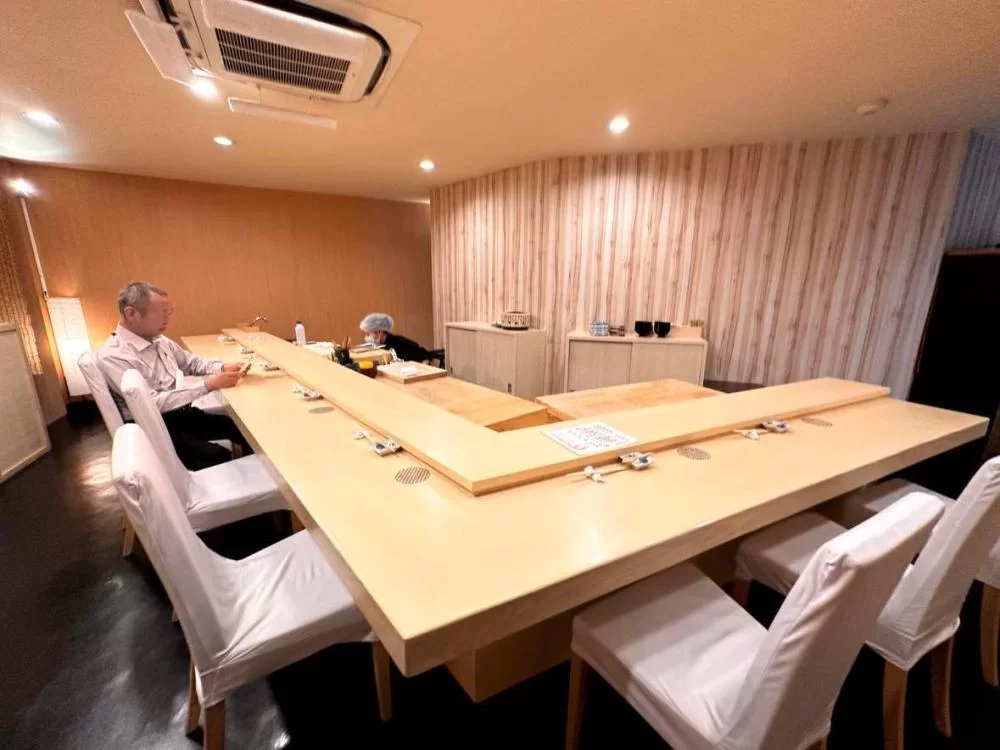
A basic kappo restaurant has a simple and clean design with no luxurious or glittering decoration
and the Kappo Hisa also has a clean appearance.
Seats are 10 at maximum but it normally is 8 and not more I heard.
They had 7 seats ready on the day we came.
There is enough space between your seat and the next which allows you to dine in comfort.
Fellow customers are sitting in a relaxed atmosphere
therefore you can dine and talk if you like in a calm atmosphere.
It is quite understandable that many Japanese dine here entertaining their clients.
It is an ideal place to entertain very special people.
Evaluating Kappo Hisa’s Menu: What Foods to Expect?
As I’ve mentioned earlier, there is no menu here in Kappo Hisa.
You will inform the restaurant beforehand
what ingredients you prefer not to be on your plate and what ingredients
that you want to see on your plate.
And you will do that when you are in the restaurant talking to Mr. Hisa over the counter.
It is basically a fish restaurant,
and the preparation method differs depending on the catch therefore
if and when you decide to visit every day,
you will be served different dishes.
We had 12 dishes in total when we were there.
The first item of this day was “Sea cucumber”.
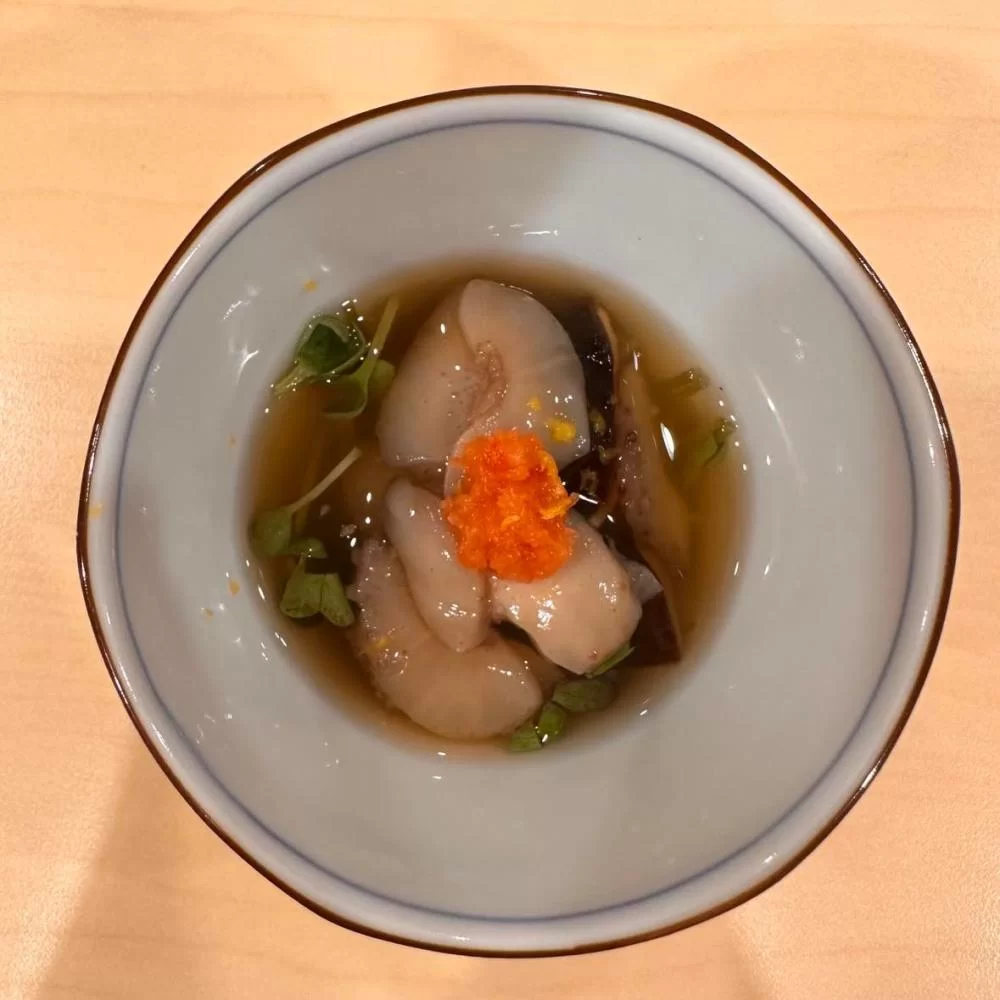
Carefully processed, it has a good balance of saltiness,
sourness and sweetness, making it a perfect starter for a meal.
Simply seasoned overall, the saltiness was suppressed,
the seasoning was to make the best use of the ingredients.
Many Japanese restaurants in Thailand season their food with a strong salty taste,
but this one has a much less salty taste;
therefore, the aroma and soup stock stand out.
The second item is “Firefly squid from Toyama Prefecture dressed with vinegar miso”.
The firefly squid was small, but it had a strong sweetness,
and the slightly sweet vinegared miso complemented the ingredients.
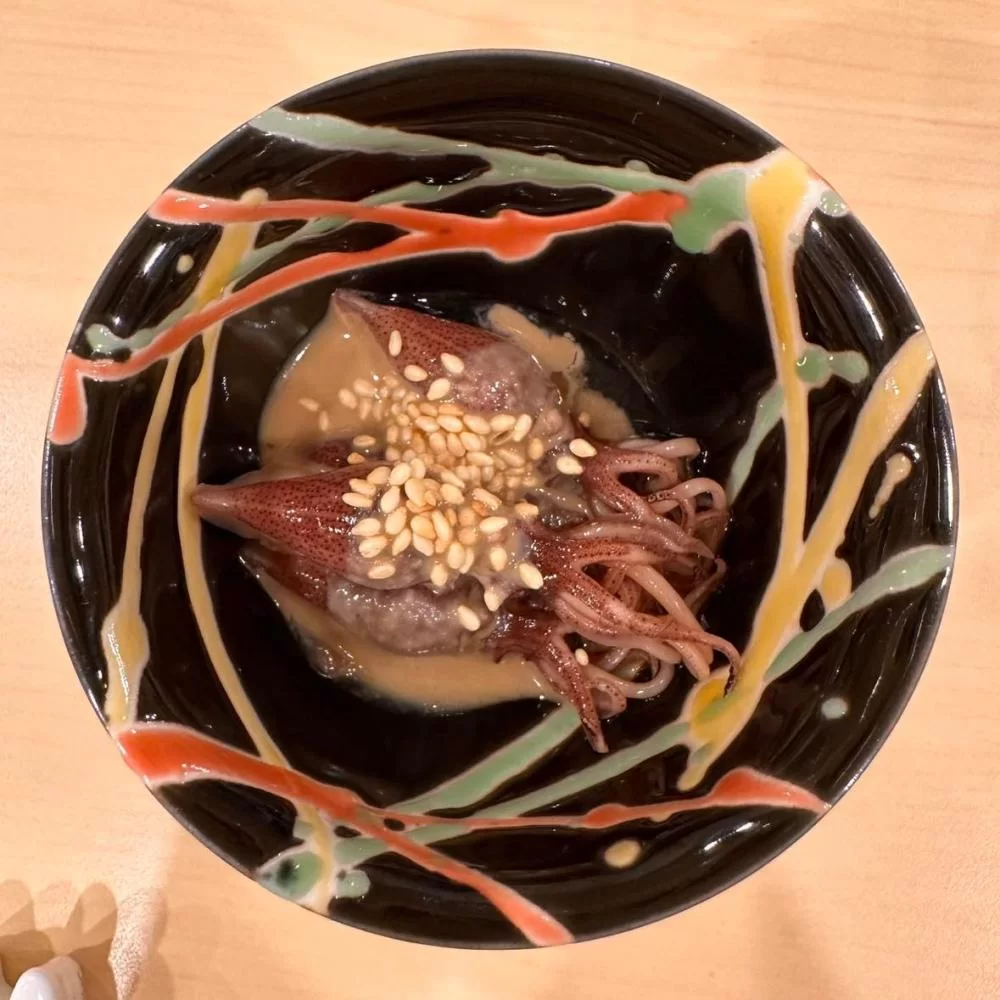
Some Japanese restaurants in Thailand use commercially available seasonings
such as vinegar miso, but at Kappo Hisa, everything is homemade.
The third item is “Bafun sea urchin from Hokkaido and scallops from Miyagi prefecture”.
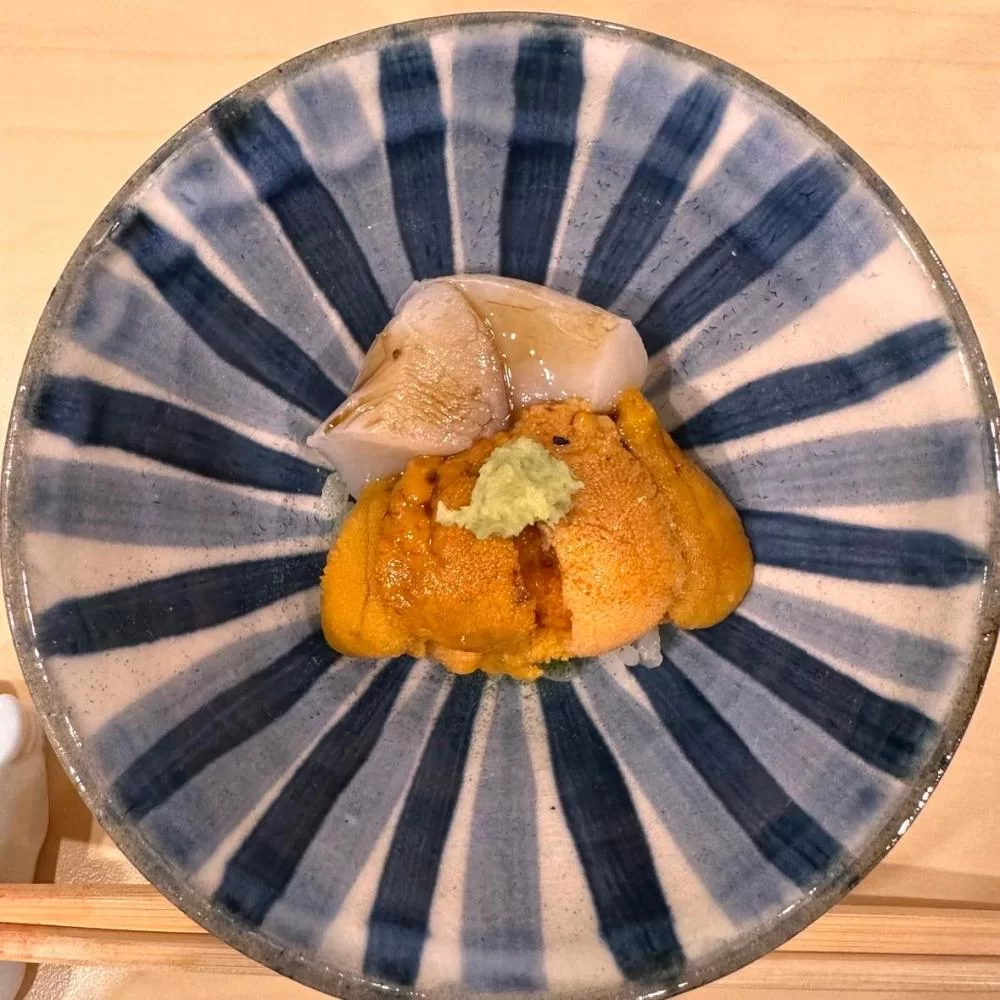
Bafun sea urchins are of the highest quality and have no bitterness at all.
It has the scent of the sea and the sweetness of sea urchin.
The scallops also have a sticky sweetness,
and the refreshing aroma of fresh wasabi spreads in your mouth.
Wasabi is grinded right in front of your eyes.
Even those who don’t like store-bought wasabi
can eat “Hon-wasabi” because it has a faint sweetness.
Having eaten so far, we thought sake would be the best complement to the dishes,
we’ve ordered a dry sake called “Hakata no Mori” from Fukuoka Prefecture.
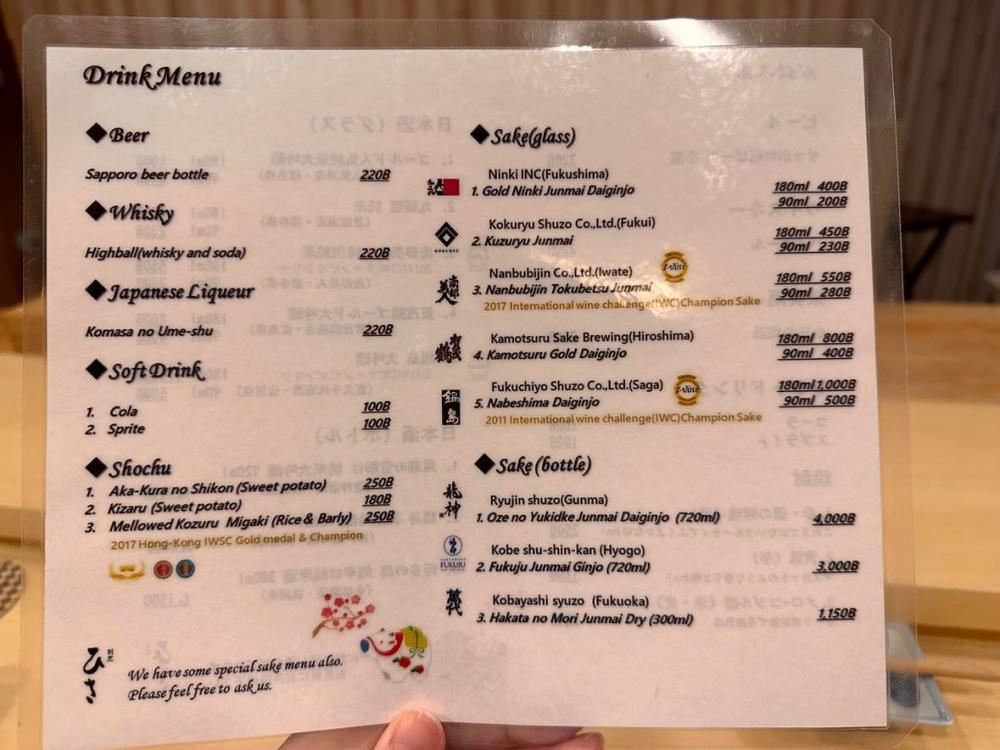
I don’t drink much, but I wanted to try after a long time of not drinking days.
It was a “super dry” sake among the dry ones,
but the sake makes the fish fat refreshing.
The fourth item is “kinmedai and homemade sesame tofu”.
(Kinmedai: Red Snapper)
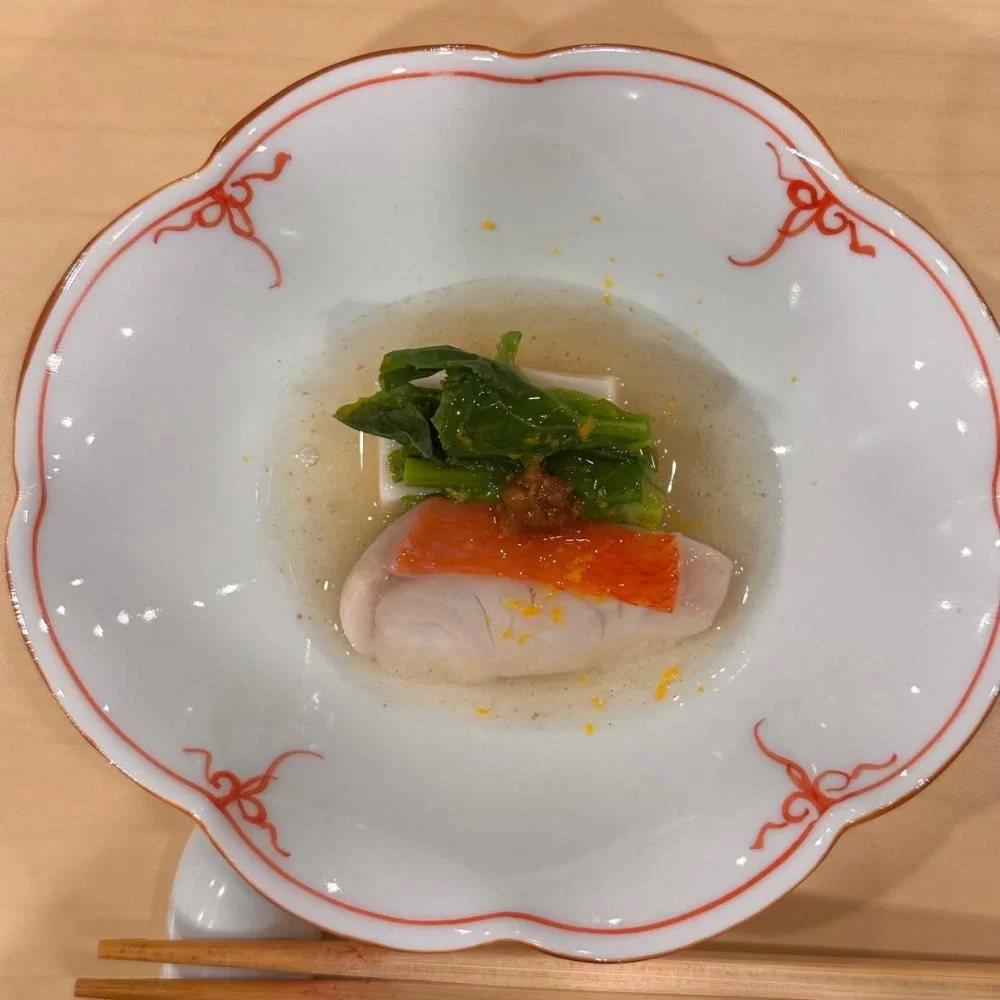
The elegant broth of kombu brings out the flavor of the alfonsino,
and the faint sweetness of the homemade sesame tofu spreads in my mouth.
I drank all the dashi soup with a spoon.
The fifth item is “Inada (Buri in the growing process)”.
(Inada and Buri: Yellow tail)
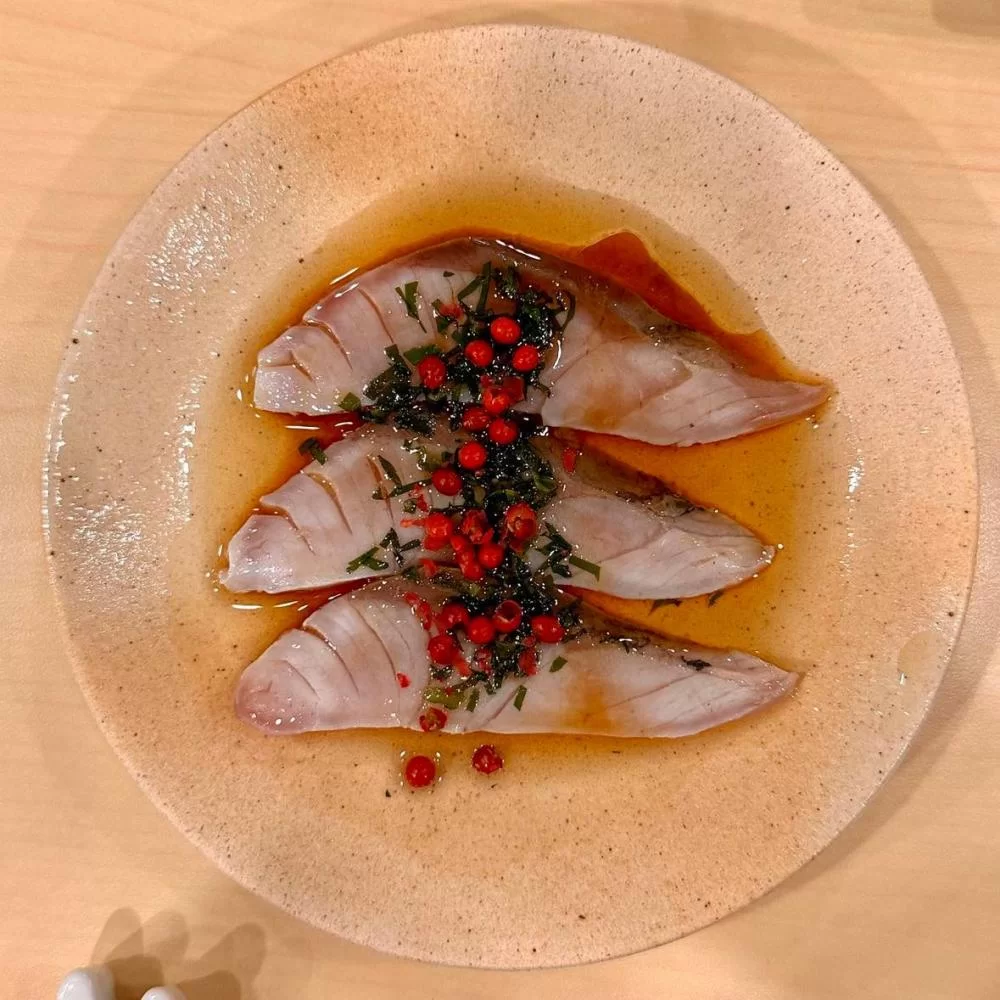
The item is like a fusion of Japanese and Italian cuisine.
Pepper from Madagascar is on top of the Inada,
but it is not spicy at all, it is rather sweet and the smell is like pepper.
Inada is aged for 6 days to condense its umami even more,
and the taste of olive oil, a little sesame oil, and soy sauce to complement it.
When put it in my mouth, the refreshing scent of green laver spreads.
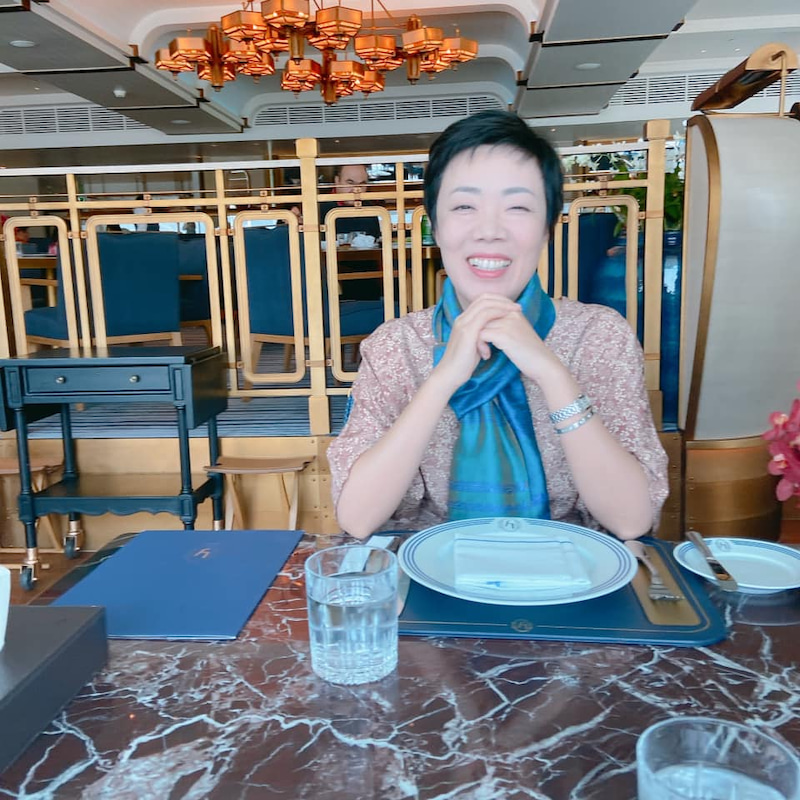
Oh wow, delicious….
My hubby sitting next to me is smiling as he eats, it’s really really delicious.
The sixth item is “Peony shrimp and salmon roe pickled in soy sauce”.
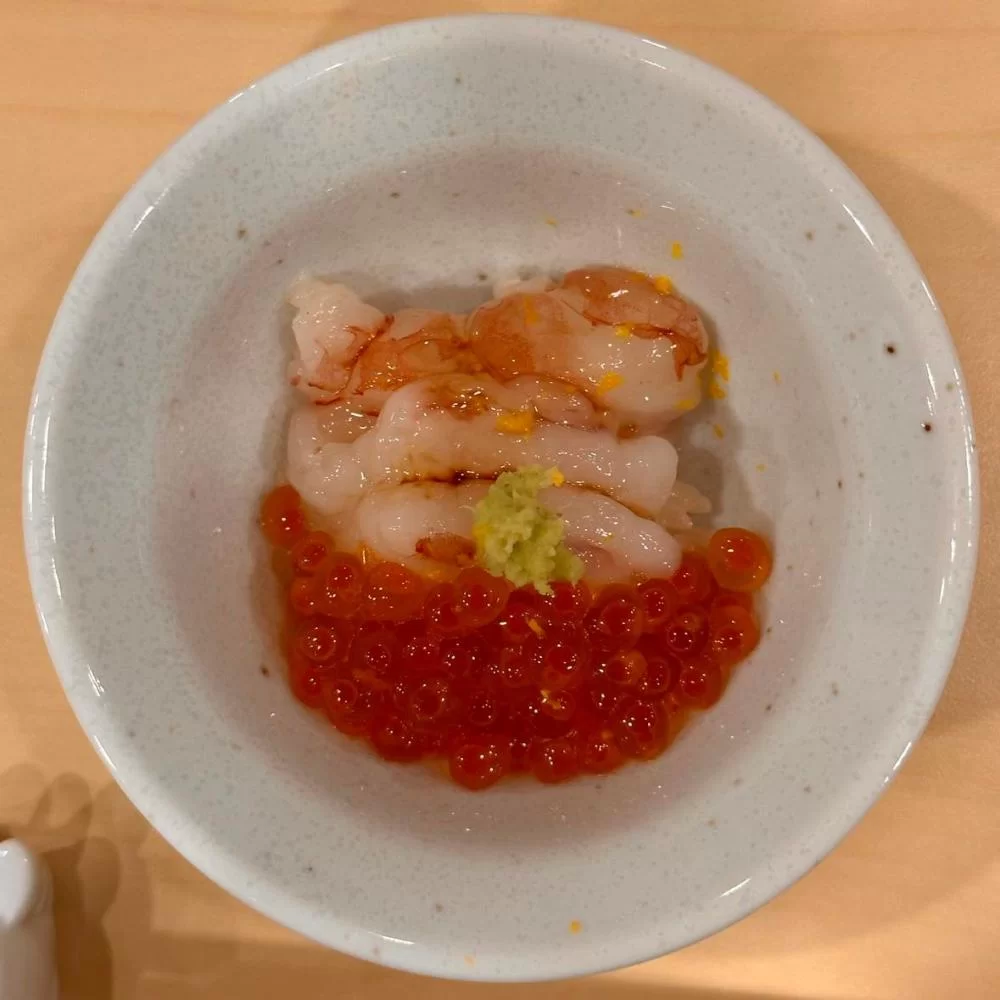

The peony shrimp is sweet and sweet, and it feels like it’s entwined in your mouth.
The salmon roe marinated in soy sauce is marinated by Mr. Hisa himself, so I was told.
The balance of saltiness and sweetness is outstanding.
I don’t like it very much as it is often salted
when I eat it in places other than the production area,
but Kappo Hisano salmon roe is really delicious.
My parents’ home in Japan is by the sea,
and I used to buy salmon and eat salmon roe that my mother pickled at home.
It brings back memories.
The seventh item is “Duck Chawanmushi with Italian Truffle”.
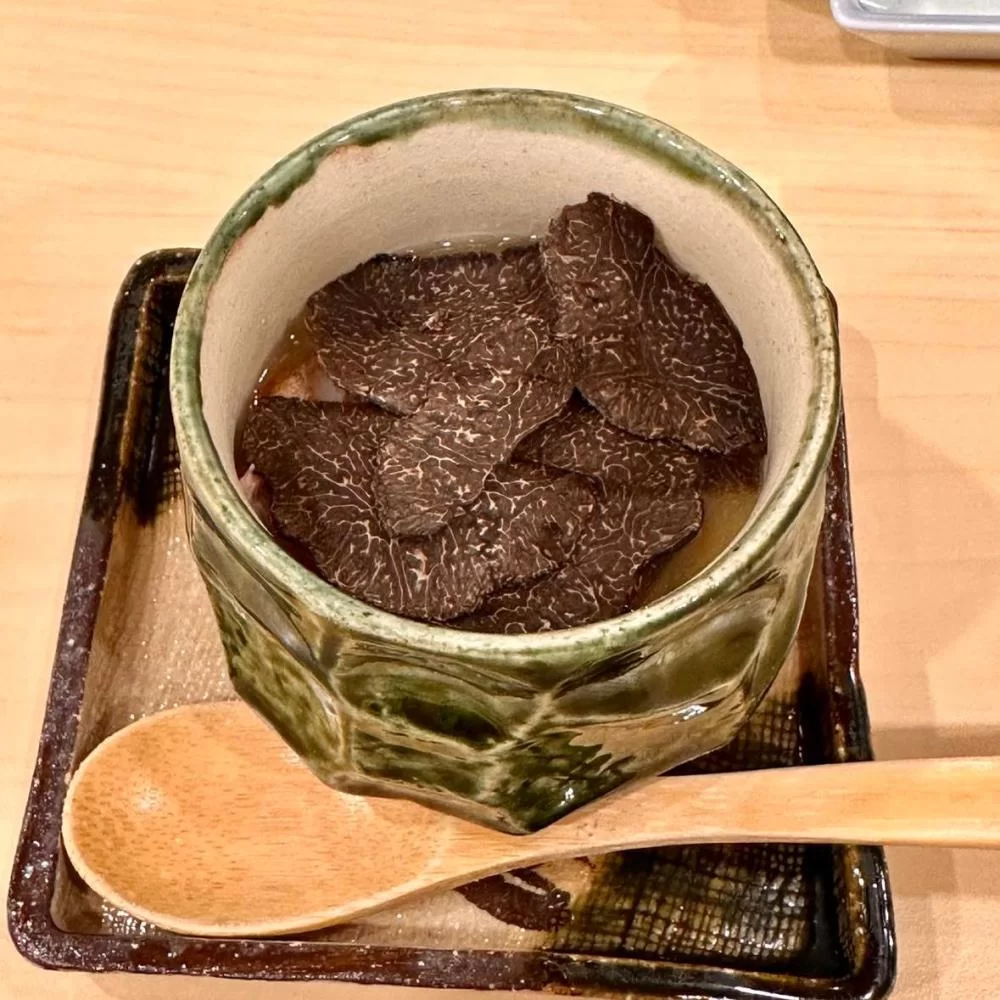

The truffles are sliced right in front of you.
With the steam of chawanmushi, the scent softly spreads.
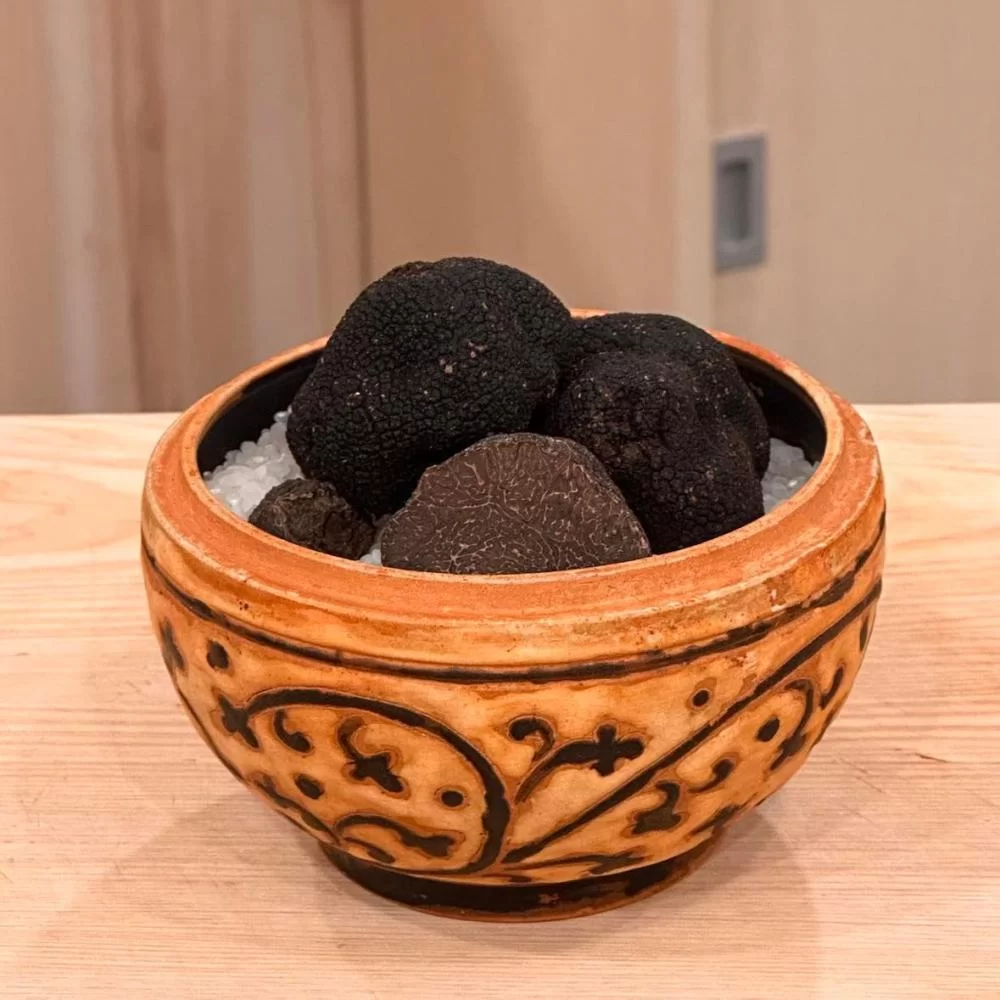

Underneath the truffle is a slice of duck.
The heat was exquisite, the duck was soft,
and the fat and sweetness blended into the chawanmushi, making it an excellent dish.
The chawanmushi bean paste also complemented the ingredients.
It was quite hot.
The eighth item is “Mackerel from Nagasaki Prefecture”.
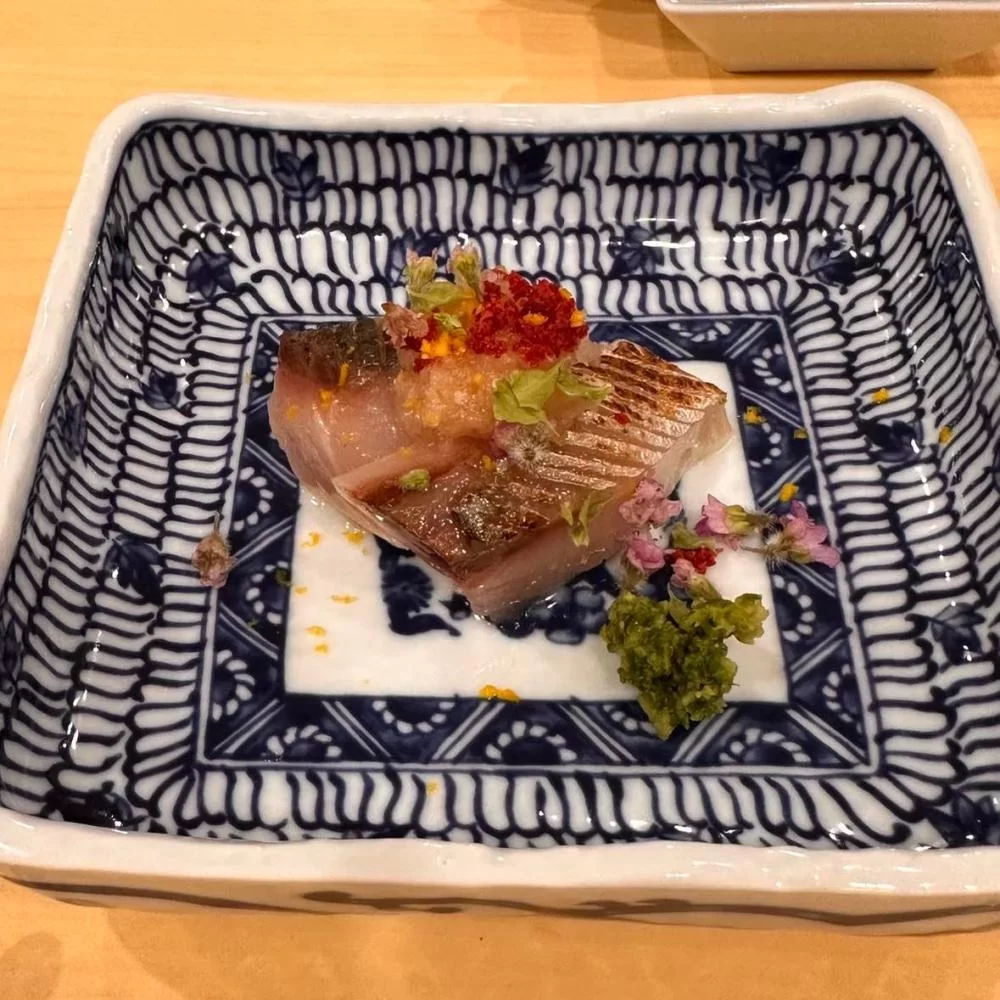

Both my hubby and I have never had such delicious mackerel.
I was actually shown the mackerel, and it was rich in fat and shiny.
“Shime saba mackerel” was marinated in salt for 2 hours,
but as there is so much fat, so much so that salt does not go inside.
I could taste a slightly salted taste.
The mackerel is topped with grated daikon radish and plums,
which brings out the strong flavor of the mackerel.
The ninth item is “Roasted Nodoguro fish”.
(Nodoguro: blackthroat seaperch)


This is also a delicious fatty fish that is different from mackerel.
The skin is crispy, and the meat is soft.
An interesting texture.
At this point, both my husband and I are quietly communicating with the ingredients.
We are not having any quarrel,
but we are just in our own world where we do not interfere with each other.
The tenth item is “Mozuku vinegar from Aomori prefecture”.
(Mozuku: kind of seaweed)
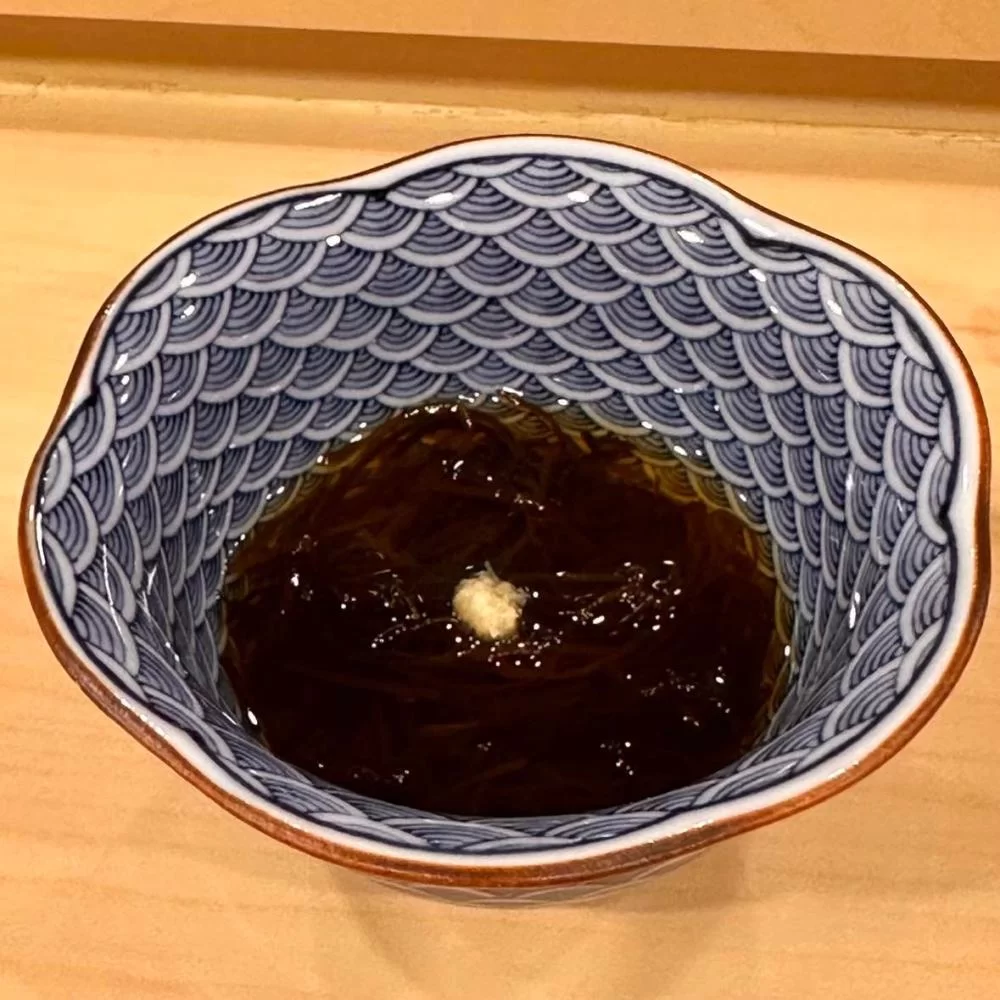

I was surprised when I ate this mozuku.
It makes a “bubble” sound when chewed on.
This is the proof that it is “raw” and the proof that it is “fresh”.
Even if I was living in Japan,
I don’t think there is a chance to taste “raw mizuku”
other than the production area and I was surprised that I could have it in Bangkok.
The sourness of the vinegar was mellow and delicious.
And the eleventh item, the last item is “rice”.
Chef Hisa gave us a little bit of “rice” that has been just cooked and not yet steamed one.
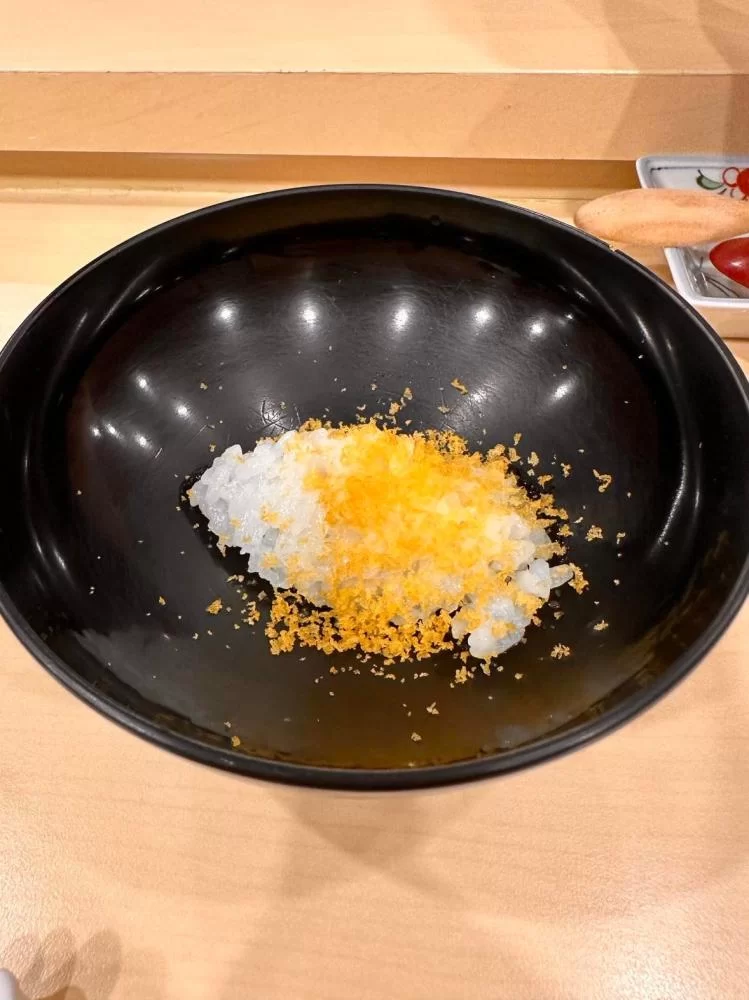

The rice is cooked in a clay pot.
The rice that just has been cooked is a little soft because it still is watery.
The sweet smell of rice spreads and when put it in the mouth,
mixed with the subtle salty taste of “Karasumi (dried mullet roe)”,
it makes you feel happy.
And we also had a bowl of “tuna brain and egg yolk pickled in soy sauce”.
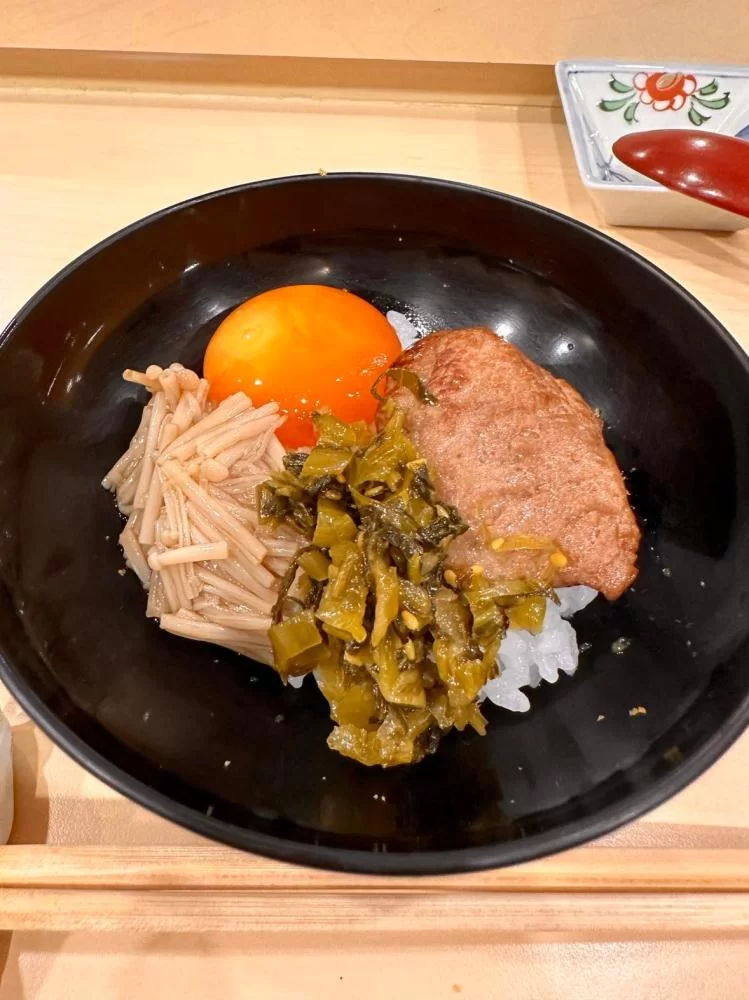

It comes with homemade NAMETAKE mushroom pickles and leaf mustard, mellowly seasoned.
The tuna brain tastes as if I am eating chicken.
The rice was also delicious, and when I noticed, I was eating the rice with my eyes closed.
And the final dish is on its way.
The final dish is dessert.
The day’s dessert was “cream cheese and strawberry”.
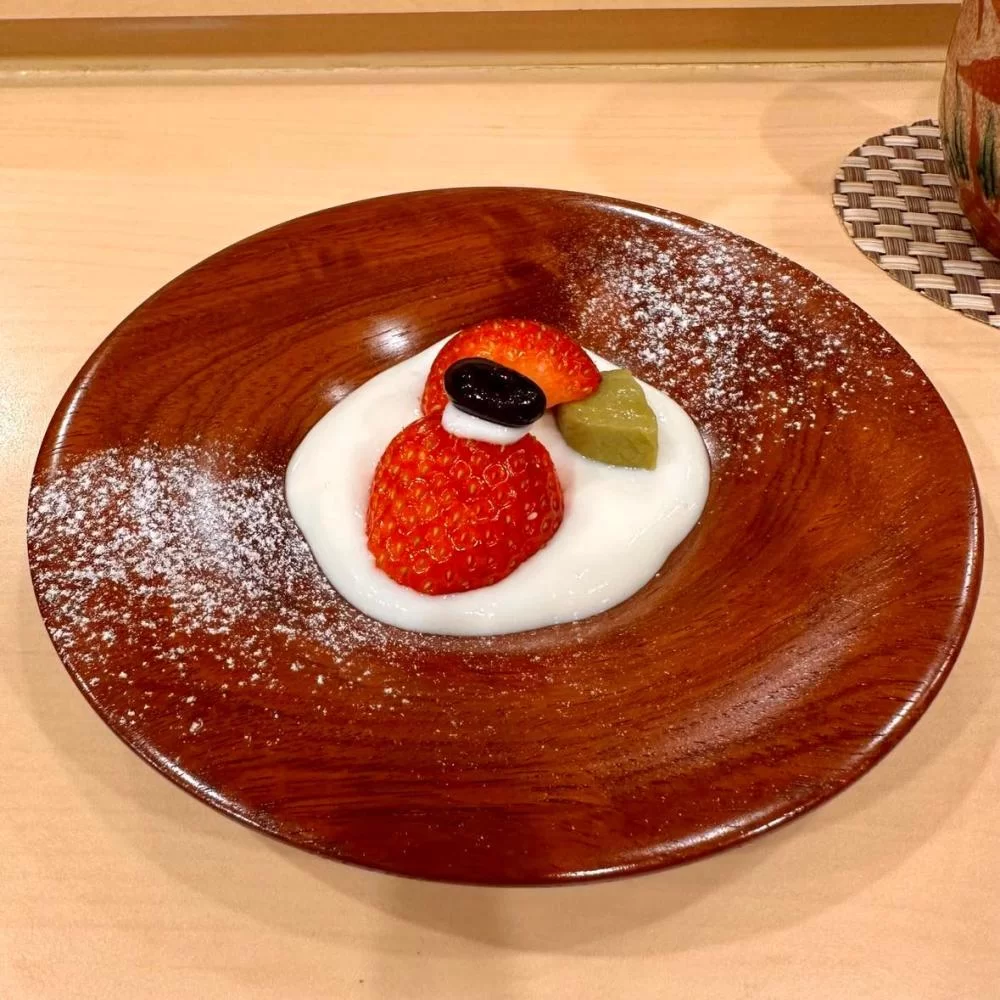

I am not fond of sweets, but this one was suitable for the end of the meal and was refreshing.
I realized again that a delicious meal makes people happy.
Every dish was carefully created and the cooking method
to complement ingredients was impressive.
I felt that those are the dishes that one can only taste at Kappo Hisa.
We made our way to back home promising myself that I will be back again.
Planning Your Visit to Kappo Hisa
Dress Code at Kappo Hisa
There is no dress code.
Come in clothes that you feel comfortable in.
As the air conditioning is a bit on the cold side,
it would be a good idea to bring something to keep you warm.
Budget Considerations for Dining at Kappo Hisa
The course starts from 4,600 THB++.
We were with 2 people.
We paid 11,388 THB for two 4,600THB++ course dishes and 300ml sake.
There will be 12 – 14 items for the basic 4,600 THB course.
It is a good idea to let the restaurant know your budget and the request.
Weighing the Pros and Cons of Dining at Kappo Hisa
Pros of Kappo Hisa
Cons of Kappo Hisa
Essential Information of Kappo Hisa
Place: G floor Room, Mille Malle Sukhumvit, Sukhumvit Soi 20
Tel: (+66) 02 039 2023
E-mail: shigefumi3190@gmail.com
Please be sure to make a reservation as it is a complete reservation system.
Facebook: https://www.facebook.com/profile.php?id=100063530535412
Parking: Avaiable
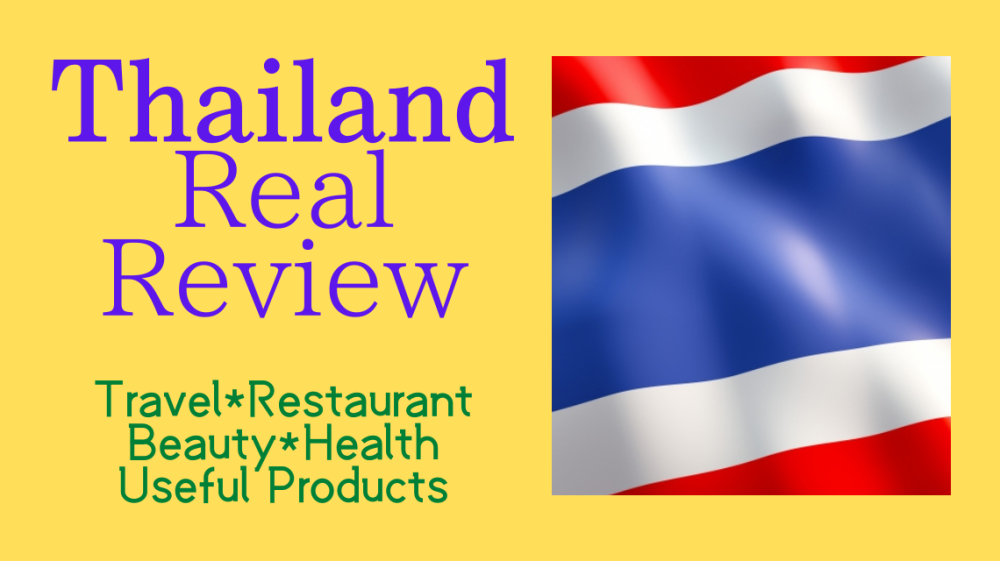
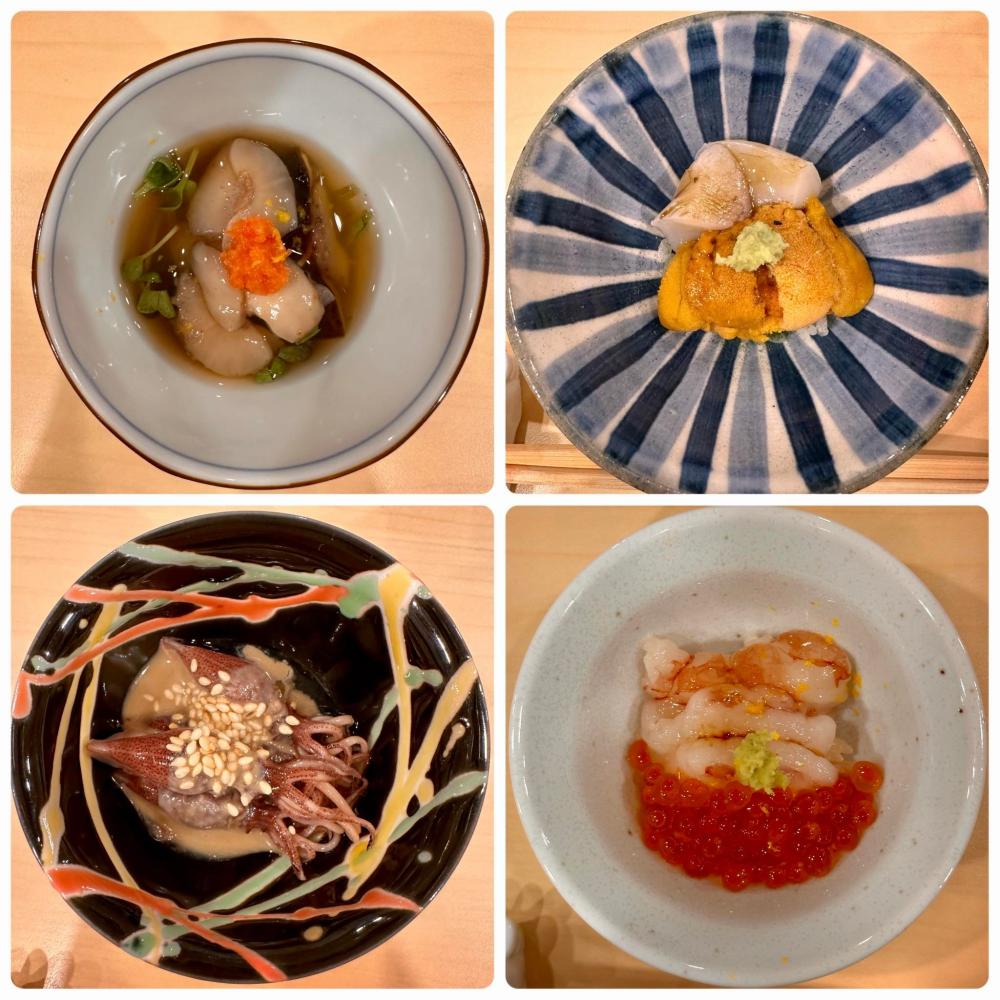
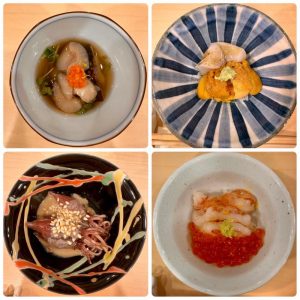
Please leave a comment if you like this article.